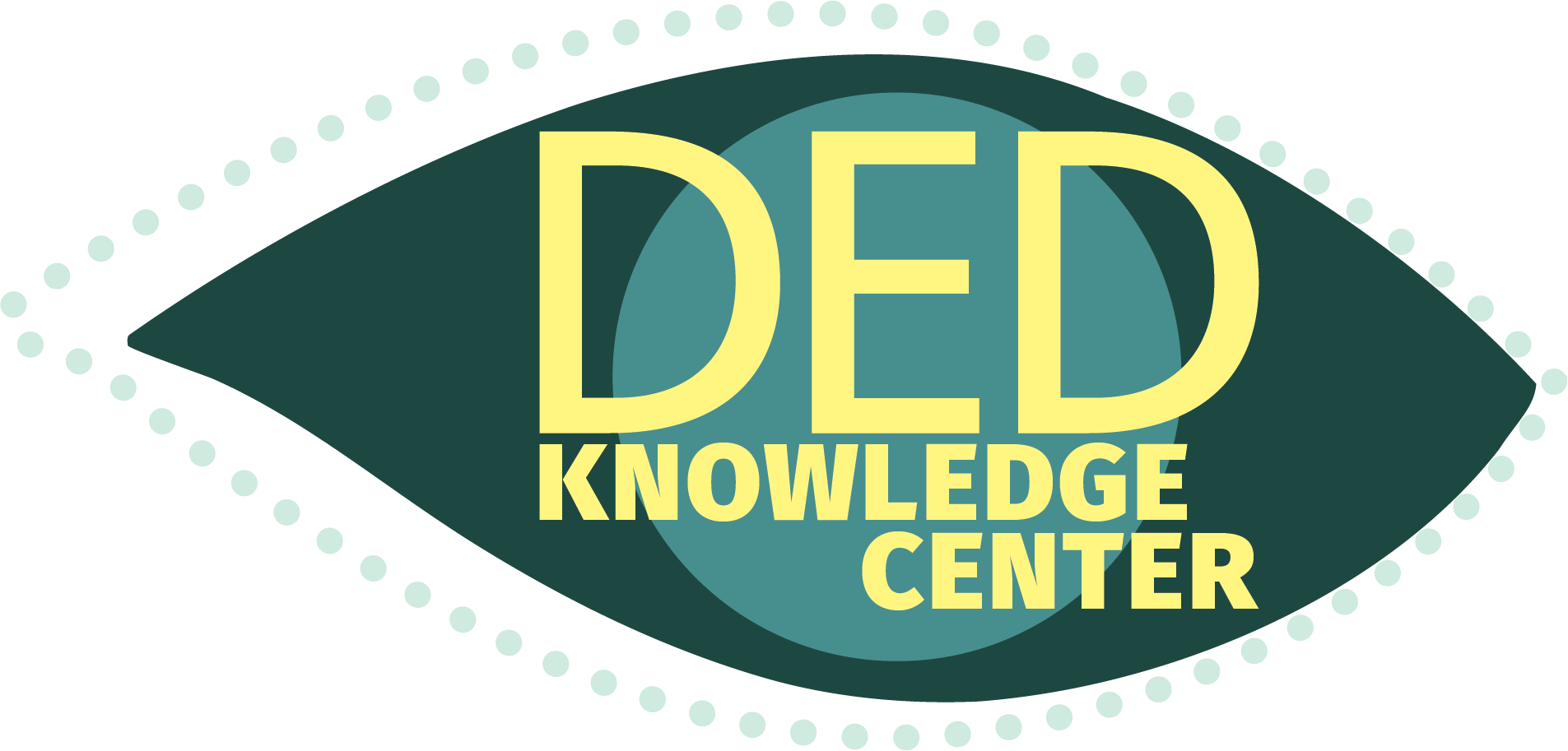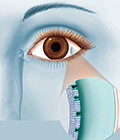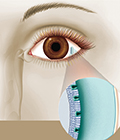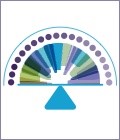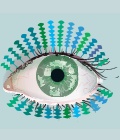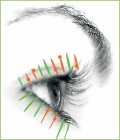Unlocking Optimal Strategies in Treating DED: Evaporation Is Key (Online CE Monograph)
Activity Description and Purpose
Most people with dry eye disease (DED) have the evaporative subtype, for which meibomian gland dysfunction is the leading cause. Recent advances in options for managing DED include US Food and Drug Administration–approved and emerging therapies that introduce novel mechanisms of action. This educational activity is based on the proceedings of a live CE symposium that took place on October 11, 2023, in New Orleans, Louisiana. This activity will present an overview of DED pathophysiology, which will provide a foundation for targeted treatment selection, results from clinical trials of new and emerging treatments, and a series of case-based discussions. The desired results of this activity are to cement clinicians’ knowledge of the role of evaporation in the pathogenesis of meibomian gland dysfunction and help them obtain practical strategies for screening, diagnosis, and effective treatment that can improve patient outcomes
